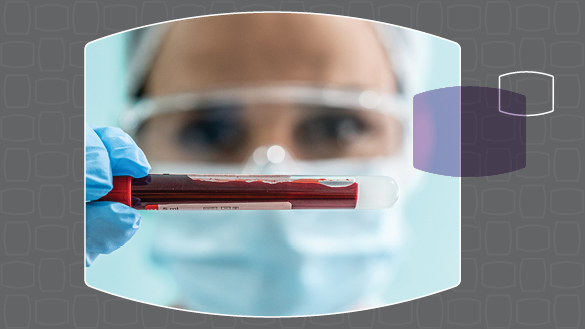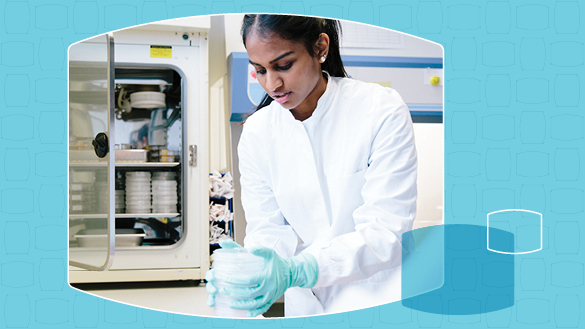Your Partners for Proper Biocompatibility and Biostability Guidance
When designing your next generation medical device, a crucial step in the early stages of the process is selecting materials with the appropriate biocompatibility and biostability profiles. In simple terms, biocompatibility is the effect of a material on its host, while biostability is the effect of the host on the material. As partners in the device development process, we not only help guide you through the biocompatibility and biostability selection process, but also serve as a collaborative partner throughout the entire journey, giving you better control over the process of bringing that device to market. At Lubrizol, our goal is delivering value beyond the device.



